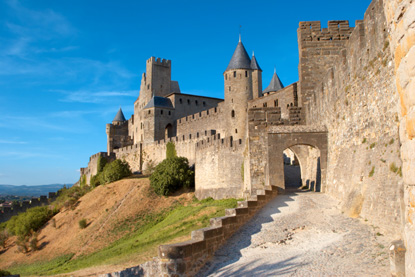 Old city of Carcassonne.
Old city of Carcassonne.
Introduction
Carcassonne is probably Europe's most famous fortified town. A stronghold of Occitan Cathars in the 13th century, the fortress was restored in 1853 by the Gothic Revival architect Viollet-le-Duc.
Travel Community
Ask your travel questions on the France Travel Forum